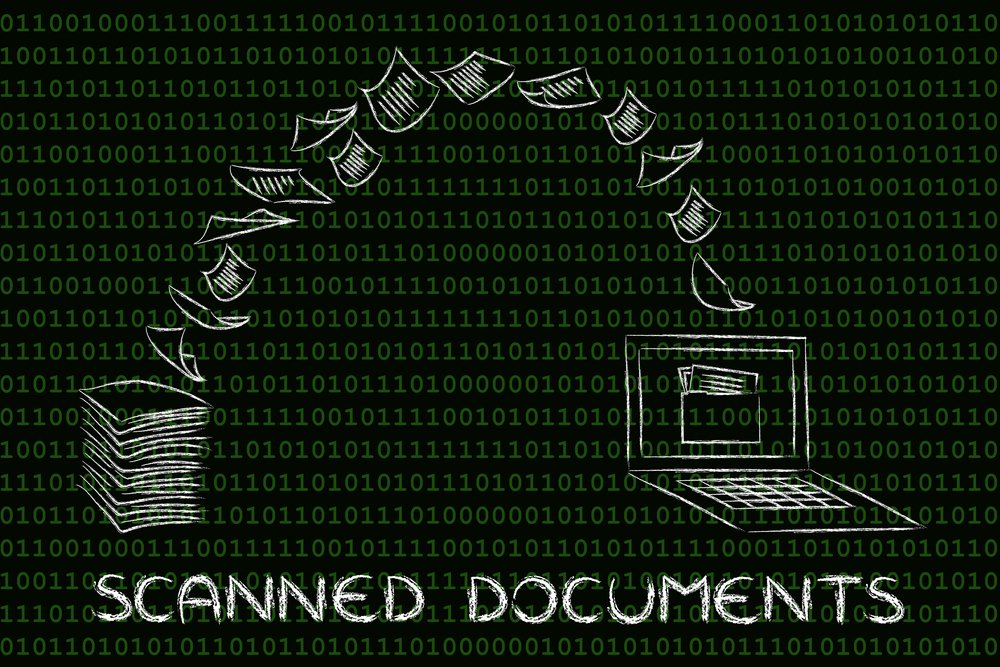Scanning documents in-house can often be labour intensive. Here’s how your business can get the most out of digitising paperwork
When it comes to business efficiencies, technology has been helping make improvements for many years. Everything from spellcheck to VoIP has had an overall positive impact on productivity in the workplace, allowing owners and managers to get the most from company activities.
We haven’t completely transformed into the robotic enterprise of the future just yet though and many manual processes still remain intact. Perhaps one of the most troublesome of these is the digital upload of paper files, or document scanning.
Document scanning can create real efficiencies for businesses, nevertheless scanning documents in-house can often be labour intensive, especially for companies who are not set up to handle large volumes of paperwork.
In-house vs. outsourced document scanning
Initially businesses requiring large amounts of scanning may decide to utilise existing staff to digitise records. On the face of things, enlisting staff members to scan documents may seem like the most cost effective technique, however delve a little deeper and you will find hidden costs associated with scanning documents in-house.
With staff taken away from more profitable business activities, your company may be missing out on vital revenue. Not only that, the time taken to manually process documents can often be rather long assuming you aren’t equipped with scanning equipment specifically designed for high production scanning.
Outsourced document scanning
The alternative option is to outsource your scanning requirements to a professional scanning bureau. Outsourced document scanning may carry a more imposing initial charge, but in reality many companies are finding that they save money using this service.
Dedicated scanning bureaus tend to use state of the art scanning technology capable of capturing millions of images per month, simultaneously providing speed and efficiency.
Superior technology reduces errors, such as duplicate feeds, improves image quality and the fact that nobody directly within your organisation is stuck behind a scanning machine means they are free to complete core tasks which in turn provides financial gain.
Efficiency elements of document scanning
Efficiency is one of the most important elements for any successful business and companies are continuously seeking ways to improve manual processes. Converting files into digital format will maximise productivity and provide a number of major benefits, including:-
-
Files retrieved quickly using a simple keyword search, staff no longer need to waste time searching through paper records to find vital information.
-
Digital indexing is much more effective than old archiving methods, enabling files to be stored using a variety of different naming conventions, including reference numbers and dates.
-
Document scanning combined with intelligent data capture allows companies to reduce manual paper processing and increase data accuracy for many type’s incoming mail, including invoices, claims forms, purchase orders and more.
-
Integrated workflow ensures that information is sent only to intended recipients and eradicates the need to actively seek specific colleagues with documents.
-
Companies may opt to store documents in the cloud. This will allow files to be accessed from any location where an internet connection is present and will safeguard sensitive information, using access permissions.
Staying on top
With all of the technological advances made over the last decades, companies are arguably better equipped than ever to meet the requirements of the ever demanding business landscape. In a world where money and efficiency are everything, finding the perfect scanning solution to stay on a par is essential.






